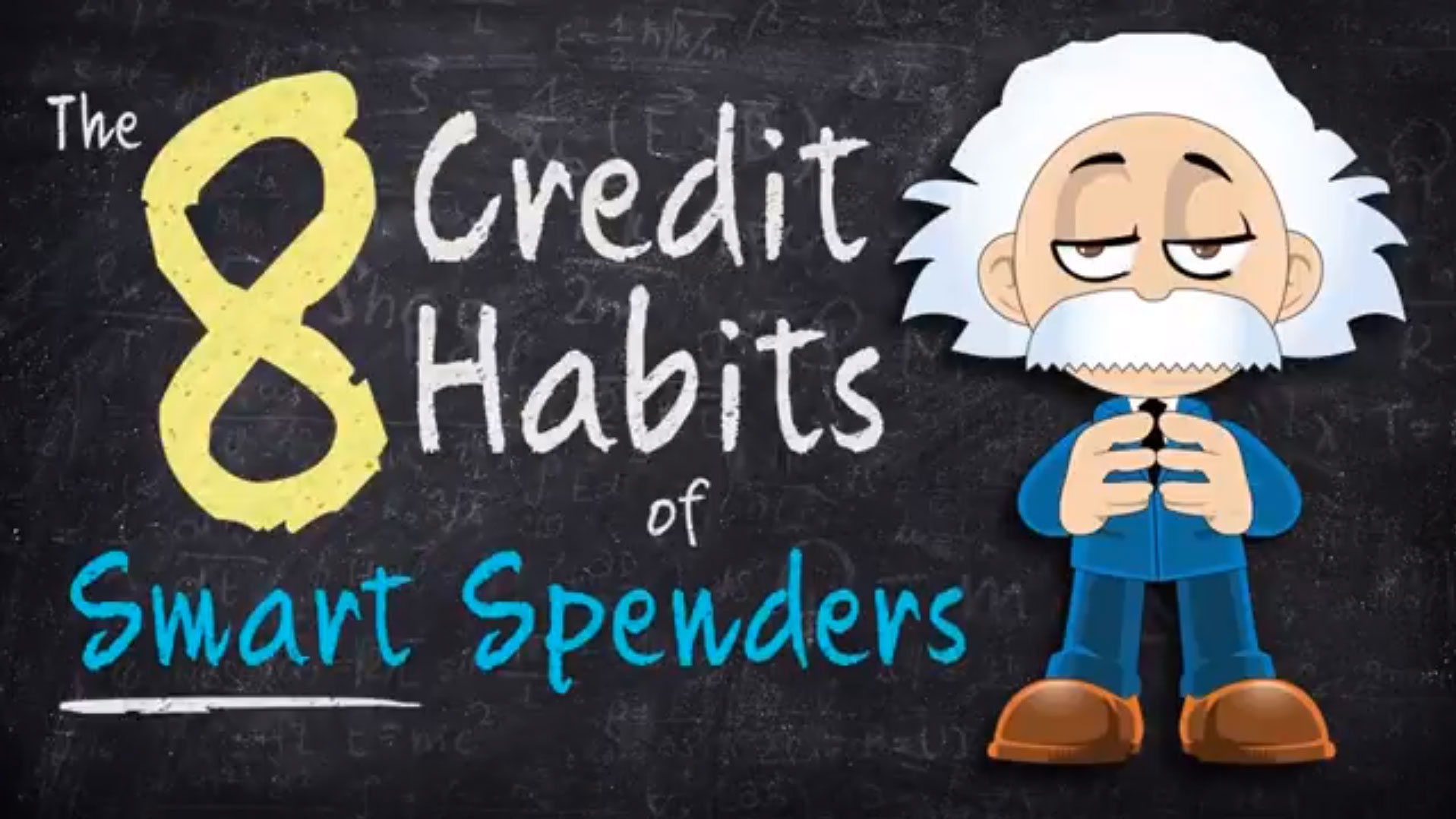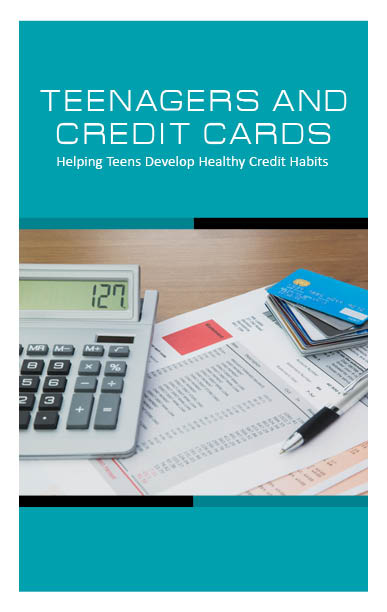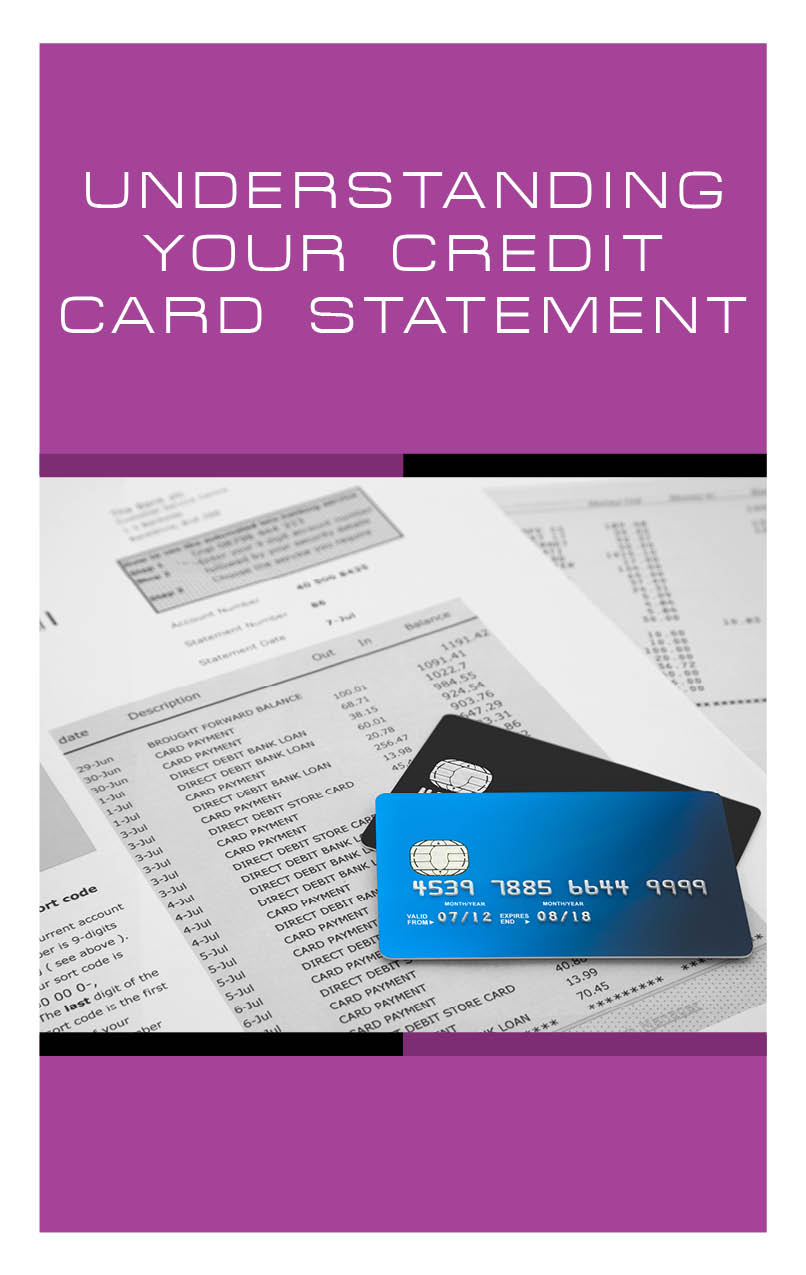Making sure your debt load is balanced to your income level.
Debt-to-income ratio is a key indicator of your financial health. It helps ensure you don’t get overextended with credit. It’s also the ratio that lenders use to determine if you get approved for a new loan. So, it’s essential to know where your debt-to-income ratio (DTI) stands. It serves as a good early warning sign that you may have too much debt. That way, you can stop charging and focus on repayment at the right time.
Calculating your personal debt-to-income ratio is fast and easy with this free debt-to-income ratio calculator. Simply use your budget to fill in the numbers below and click “CALCULATE” to determine your personal DTI. If you’re not sure how to use DTI or what it means, there’s more information below the calculator. We recommend returning to this page to periodically check your debt ratio, particularly if there has been a recent change in your income or financial situation.
Note: All values required below are monthly. If you receive income and/or make payments on a different schedule, determine how much you pay on a monthly basis to enter the values below.
Debt-to-income ratio calculator
Debt-to-income ratio ranges: What does my DTI mean?
| DTI | What it means |
|---|---|
| Less than 36% | You are financially stable and should have no problems getting approved for new financing |
| 36%-41% | This is a good amount of debt relative to your income but you may need to eliminate some debt before you apply for your next loan. |
| 41-45% | You have too much debt and may not get approved for new loans; you will need to eliminate debt or face rejected loan applications |
| More than 50% | This much debt will likely lead to financial hardship. It may be difficult to pay off debt on your own, so you will need help to become debt free |
What is a debt-to-income ratio?
Debt-to-income ratio is what lenders use to determine if you are eligible for a loan. If you have too much debt relative to your income, you won’t get approved for a new loan. For most lenders, the cutoff is around 41%. If you spend more than 41% of your income on debt payments each month, that makes you a high-risk candidate for a loan. The concern is that you won’t be able to afford all your debt payments and may default. Thus, you get rejected for the loan.
So, this means it’s a good idea to check your debt-to-income ratio before you apply for a loan to make sure you can get approved. If you maintain a debt-to-income ratio of 36% or less, then you can easily get approved for new loans. You won’t need to worry about getting rejected for your next auto loan or even mortgage.





















